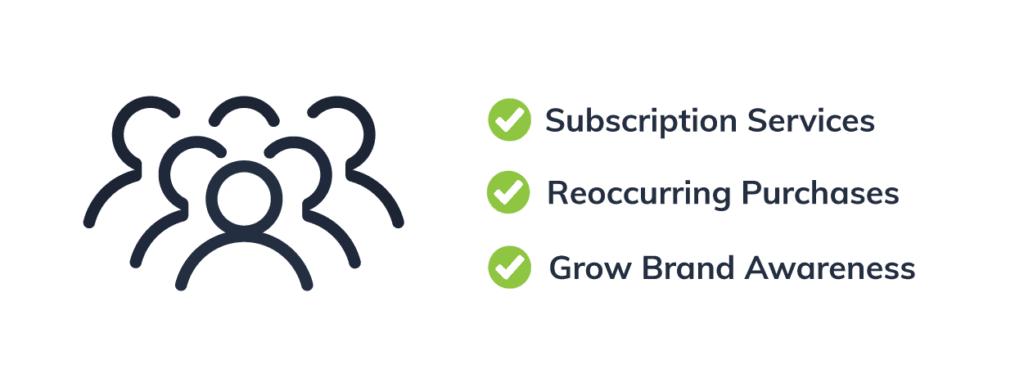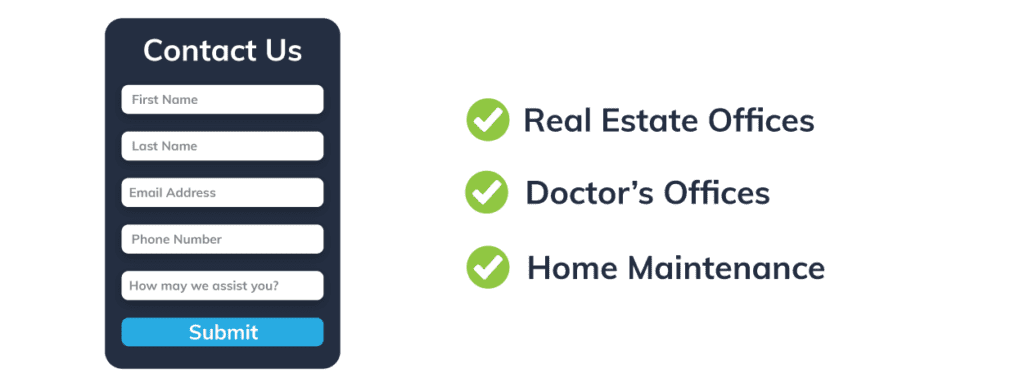Where do you run ecommerce PPC campaigns? Amazon? Google Shopping? What about social media: Pinterest, Facebook, or Linkedin? No matter where you run your campaigns, you need to be able to measure the effectiveness of your ads. But what’s the best way to measure your campaigns? In this article you will learn the 4 most common ways to measure performance of ecommerce PPC campaigns—so you can decide which way is best for your ecommerce business!


1. Purchases
Every ecommerce business should track purchases! How many purchases have you had within the past month? What about year over year purchases? Tracking purchases and comparing data over time can offer valuable insights into your business, including seasonality trends that are difficult to pinpoint without this type of gap analysis. You can then use this data to direct spend to your most valuable times of the year.
How to Track Purchases
Both Google Analytics and Google Ads offer purchase tracking. Unlike Google Ads, however, Google Analytics offers tracking on the transaction ID level, making it the best choice for tracking purchases. With the transaction ID, you can determine exactly which campaigns influenced which sales, and verify that revenue data within your point-of-sale system. This level of precision gives you extra confidence in the data you’re using to direct your strategy.
To use Google Analytics, you will need to implement a tag to your Thank You Page (or the page that customers see after they make a purchase). Check out our blog if you need help setting up Google Analytics 4.
Challenges of Purchase Tracking
Of course, there are always challenges to accurate purchase tracking! Some retailers experience a high probability of fraudulent purchases, making it difficult to sort out how much revenue is legitimate. Read this case study to see how we reconciled their fraud tracking with their purchase metrics to solve this problem!
Another of our clients, Positive Promotions, sells gifts for very specific holidays such as Teacher Appreciation Week or Breast Cancer Awareness Month. Because of this, they experience an extreme degree of seasonality – and purchases are made at some unusual times. Read the Positive Promotions case study to see how we increase their purchases by 212% after working with us!


2. New Customer Acquisition
If acquiring new customers is important to your business, you might also want to track New Customer Acquisition. New Customer Acquisition is especially important for businesses where the value of each customer isn’t realized at the first purchase. Some retailers are even willing to just break even or even accept a loss on the first purchase, with the assumption that more purchases will follow.
Subscription boxes are a great example of this: ideally, customers will continue with the subscription at full price after the first box. Another example would be a product that customers need to order on a regular basis such as dog food or dish soap. (Think “subscribe and save” deals!)
If your business has recurring purchases like this, managing your campaigns to maximize new customer acquisition might be the right choice for you. This doesn’t mean leaving profit behind: check out our blog on new customer contribution margin targets to see how the two strategies can work together.
New customer acquisition is also a good metric if you’re looking to grow your brand awareness and customer base. In these cases, New Customer Acquisition would be a good way to measure your PPC campaigns.
How to Track New Customer Acquisition
If you’re considering this strategy, you should have some way of confirming that breaking even or taking a small loss on the first purchase pays off in the long run as the result of additional purchases. This necessarily includes a way of separating first-time purchases from returning customers.
As long as you know the breakdown in sales between first-time and returning customers, you can reconcile first-time sales revenue against the performance metrics for the campaigns that drove them. Again – Google Analytics’ transaction data is important here since it will let you verify which transactions were driven by which campaigns! Once reconciled, this data will tell you exactly which campaigns are driving the greatest number of new customers and how much profit those new customers will drive.
Success Story: Tracking New Customer Acquisition
Our client Nuts.com was focused on acquiring new customers because they found new customers are likely to purchase again. To help them gain more customers (profitably!), we reallocated spend to ad groups that were driving new customers. Read how we did it in the Nuts.com case study.


3. Phone Sales
Do customers purchase your products over the phone? If you sell high-end, expensive items online, customers may feel more comfortable purchasing via a phone call. Shoppers might see your ad online, but then make their final purchase over the phone. The same is true of services. If you have a salesperson walk shoppers through a variety of options and add-ons, phone sales can be a great way to measure your PPC campaigns.
How Call Tracking Works
Call tracking refers to the process of digitally or electronically tracing the source of a phone call. Practically speaking, call tracking links phone calls made to a business to the marketing efforts that drive them. Usually, call tracking services assign a pool of numbers to each client. These can be vanity numbers, like 1-888-CALL-YOU, or just your garden-variety phone number. When any of the numbers is dialed, the service records the source of the call and forwards the number to the appropriate business.
Implementing Call Tracking
To track phone sales you’ll need to set up third-party call tracking. Most people think of Google Ads when they think of call tracking, but you can track phone calls from just about any marketing channel. Call tracking will help you see how your PPC ads drive customers to call and purchase. To learn how to implement call-tracking for your business check out our guide.
Call Tracking Success Story
We’ve implemented call-tracking for many of our clients, including Farris MD who takes appointments over the phone. Read the call-tracking case study to find out how call-tracking helped them improve their PPC measurement—and can do the same for your business!


4. Leads
If your products often have a long research phase, and the value to the business isn’t necessarily measured by a traditional purchase—leads might be a good way to measure your ecommerce PPC campaigns. For example, a car dealership might be interested in tracking leads. Tracking leads as conversions allows these businesses to make adjustments to their ad campaigns sooner – and the campaigns can always be adjusted again to improve conversion rate as clients or patients sign on.
How to Track Leads
Forms are a great way to track leads. If you don’t have forms on your site, add a submission form where customers can contact you. If you already have forms set up, link your forms to Google Analytics so you can track your form-fills. You might also consider setting up phone calls as described above, especially if your leads often call before filling out a form online! Phone calls are also invaluable for lead tracking if you don’t choose to allow online form-fills.
Success Story: Growing Leads
We not only set-up call tracking for Farris MD, but also helped them grow leads. In fact, in the first month of working with Omnitail, Farris MD grew leads 85%! We were able to grow leads through a combination of local search ads, optimized forms, call-tracking, and more accurate attribution. Read how we increased leads here.

How Will You Measure Your Success?
No matter the platform—you’re ready to start measuring the success of your PPC campaigns! Think about which option makes the most sense for your business and your goals, and then use your performance metric to grow your profit.
Need help measuring the success of your ecommerce PPC campaigns? Or need help trying out a different method of measurement not listed here? Reach out to us today. We want to set your campaign up for success and help you quantify your success!








